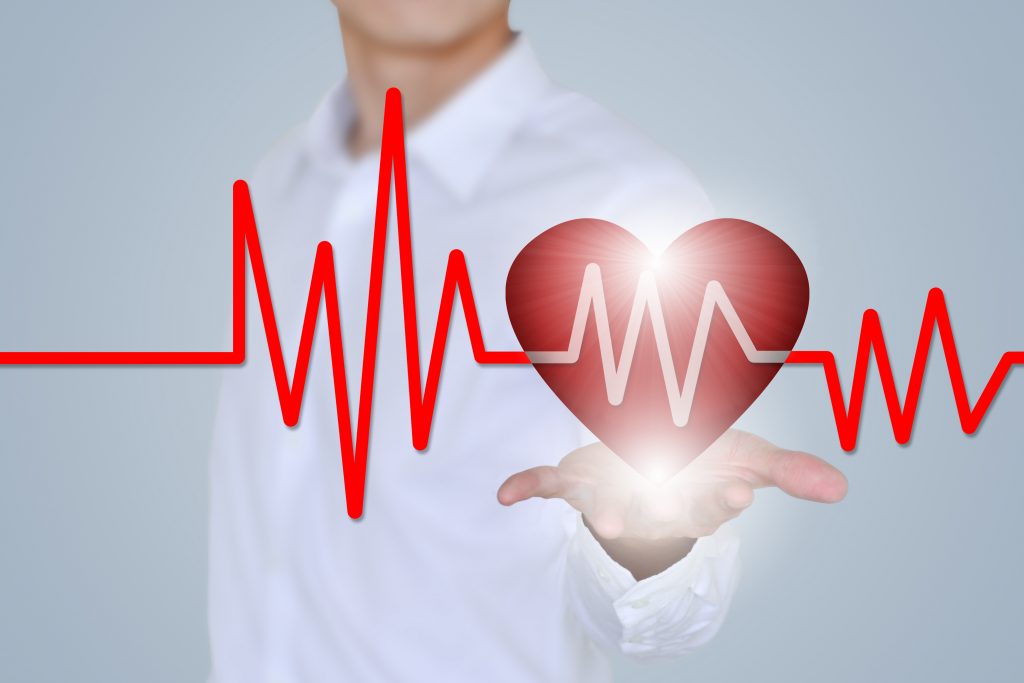Living with Tachycardia: Management and Treatment Options
Tachycardia is a medical condition in which the heart’s rate is faster than the normal range, which is more than 100 beats per minute. This rapid beating can start either in the upper or lower chambers of the heart. Changes in the regular pace of the heart’s electrical impulses could be mild and non-threatening at times, or they could even pose a great threat.
The normal heart rate of an individual is 60 to 100 beats per minute. In tachycardia, the heart beats more rapidly, crossing 100 beats per minute. When the heart beats rapidly without ceasing at the right intervals, it does not get enough time to fill the blood between the beats. This condition can be dangerous, as the heart won’t function optimally and feed the cells with the blood and oxygen they need.
In this blog, we will explore the condition called tachycardia, its symptoms, treatment methods, and lifestyle changes that you can make if you suffer from it.
Common Symptoms of Tachycardia
Tachycardia can be caused by a number of reasons like stress, lack of sleep, smoking or the use of certain tobacco products; sometimes, it could be caused by medications. Overconsumption of any form of caffeine can also cause tachycardia. Heart conditions or problems like heart failure, cardiomyopathy or any other kind of heart disease can also be responsible for tachycardia. The following are some tachycardia symptoms:
Rapid Heartbeat or Palpitations: One of the prime signs and indicators of tachycardia is an unusually rapid heart rate. People usually describe this as the heart racing fast, fluttering, or pounding in the chest. It often feels like the heart is skipping beats.
Shortness of Breath: Difficulty breathing or experiencing shortness of breath is another of the tachycardia symptoms. The medical term for this is dyspnea. When a person experiences shortness of breath, even when their body is at rest and is not engaging in any kind of physical activity, that is a cause of concern. Tachycardia can reduce the heart’s pumping efficiency. This can lead to less oxygen in the body’s cells and tissues. This causes shortness of breath or dyspnea.
Chest Pain: The next one of the tachycardia symptoms is chest pain. A general feeling of tightness or pain in the chest. This pain could be mild or severe. Pain in the chest can result from the heart muscle’s increased oxygen demand during tachycardia exceeding the oxygen supply, mainly if heart conditions like coronary artery disease are present.
Dizziness and Fainting: The reduced flow of blood supply can cause a person’s blood pressure to drop, causing dizziness or lightheadedness. This one of the tachycardia symptoms could even cause fainting, which is also called syncope.
Fatigue: The last in the list of tachycardia symptoms is fatigue. When a person’s heart has to work extremely hard to supply blood and oxygen, it can lead to a general feeling of fatigue, weakness or tiredness.
Lifestyle Changes for Managing Tachycardia
Now, you must have gained a fair understanding of the different causes of tachycardia. Most of the reasons why tachycardia occurs can be easily avoided if one learns how to manage one’s lifestyle and live in a healthy manner.
Stress Reduction: Reducing stress can help ease anxiety, which often triggers tachycardia symptoms. You can reduce your stress by practising breathing techniques, engaging in yoga practices, or even doing light pilates.
Limit Stimulants: Minimize or completely avoid the consumption of caffeine and alcohol. Avoid smoking tobacco products, especially those with nicotine. These stimulants can increase your blood pressure and heart rate. The best option is to avoid using them completely.
Balanced Diet: Consume a balanced diet to maintain a healthy weight, optimal cholesterol level, and prevent high blood pressure, which are the conditions that can trigger or exacerbate tachycardia.
Regular Exercise: Regular physical activity can help keep your body healthy and help you maintain proper weight.
Proper Sleep: Along with all the other lifestyle modifications, getting proper sleep is of the utmost importance. Get at least 6-7 hours of good, uninterrupted sleep every day.
Medical Treatments for Tachycardia
The following are the medical tachycardia treatment methods used:
Medications: In tachycardia treatment, medications help slow the electrical signals and thus control the heart rate. Beta-blockers, calcium channel blockers, sodium channel blockers, and potassium channel blockers are all used to stabilize the heart rhythm. Blood thinners are also used if there are any blood clots.
Cardioversion: This tachycardia treatment method uses medication or electricity to treat an excessively high heart rate or other cardiac arrhythmia and return the heart to normal rhythm.
Catheter Ablation: Catheter ablation is a minimally invasive surgery that damages or interferes with the heart’s electrical circuits to cure arrhythmia or irregular heartbeats.
Pacemaker: In this tachycardia treatment, an electrical device called the pacemaker is surgically planted in the patient’s chest to help the heart beat at an average, regular pace.
FAQs
- Can lifestyle changes help manage tachycardia?
Yes, lifestyle changes can significantly impact one’s overall health, and that also includes reducing the probability of acquiring conditions that cause tachycardia. Reducing stress through different stress reduction techniques, consuming a healthy and nutritious diet, getting adequate sleep, and limiting the consumption of caffeine are some of the lifestyle changes that you can make to manage tachycardia symptoms.
2. Can tachycardia go away on its own?
Tachycardia often resolves on its own, especially if it’s caused by triggers like exercise, stress, or fever. It usually resolves on its own once the triggering factor is solved. However, a doctor should always evaluate and treat severe and persistent tachycardia.
3. How is tachycardia related to arrhythmia?
Arrhythmia and tachycardia are two different but related cardiac conditions. Tachycardia denotes an atypically elevated heart rate, generally over 100 beats per minute in adult individuals. It could be a particular kind of arrhythmia. Any abnormality in the heart’s rhythm, including too rapid (tachycardia), too slow (bradycardia), or irregular beats, is called an arrhythmia.
